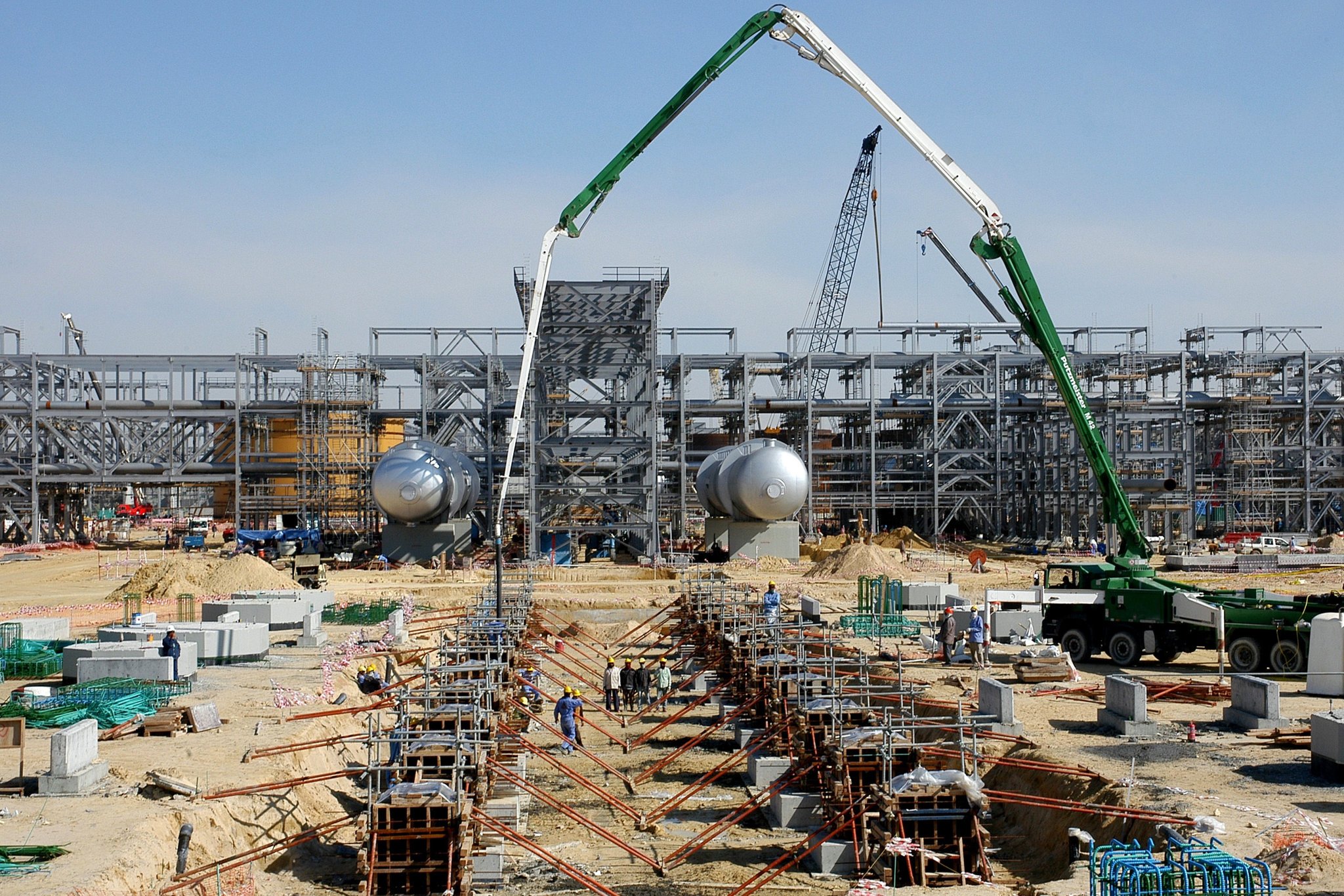Iran's energy industry has been on an upward path since the lifting of sanctions, but financial constraints could keep in check some of the country's biggest oil and gas development projects, Oil Minister Bijan Namdar Zanganeh said.
"In some areas, especially in the South Pars project and the Persian Gulf Star Refinery, there are financial shortcomings, but we expect to complete these projects as soon as possible through domestic and foreign resources," Zanganeh said on the sidelines of a meeting with members of Majlis Energy Commission on Tuesday, Mehr News Agency reported.
South Pars is a giant gas field in the Persian Gulf shared between Iran and Qatar. Officials have estimated that the completion of all the phases of the mega project will require between $20-30 billion.
PGSR is the country's largest refinery for condensate, a type of ultra light crude oil, with a processing capacity of 360,000 barrels a day, once fully operational. Only one of the three planned phases of PGSR is currently operational.
But a lack of funds is overshadowed by a bigger setback in a substantial subsidy spending that could otherwise be used on energy and infrastructure projects.
Last month, Iran's Cooperatives Minister Ali Rabiei, said about 76 million Iranians, or 95% of the population, receive 455,000 rials (about $10) monthly in cash subsidy. That amounts to nearly $800 million per month.
The Oil Ministry, which handles the sales of Iran's most important commodity in the past several decades, shoulders the bulk of payments. In 2015, Zanganeh said his ministry was "buckling under the pressure of subsidies".
Fereydoun Hassanvand, the head of Majlis Energy Commission, also said after meeting Zanganeh that the government, the parliament and the judiciary should "immediately come together and enact laws to attract funds for South Pars".
By 2030, Iran should invest $50 billion in its energy sector to ramp up crude oil and condensate output by 3 million barrels per day, Asadollah Qarekhani, spokesperson for the commission, said on Tuesday, citing a report by Zanganeh.
"Completing six South Pars phases will generate some $12 billion in revenues annually," he said.
In the biggest energy deal after the easing of sanctions, Tehran signed a deal worth $5 billion with French oil company Total to lead the development of an offshore phase of South Pars in collaboration with China National Petroleum Corp. and Iran's state-run firm Petropars.
Zanganeh said last week the gas deal with Total is moving ahead with no delay. The statement came in the face of US President Donald Trump's threat that he will not extend Iran's sanctions waivers unless the nuclear accord is renegotiated.
Production, Revenues
Iran expects to earn $40 billion from crude exports in the current fiscal year that ends in March, Deputy Foreign Minister Abbas Araghchi was quoted as saying on Wednesday by Shana.
"The lifting of sanctions under the nuclear accord with world powers allowed Iran to claim billions of dollars in unpaid oil bills and boost production and exports in a matter of months," Amirhossein Zamaninia, deputy oil minister for international affairs, said on Tuesday.
"Crude oil and condensate exports in the third quarter of the [fiscal] year [Sept. 23-Dec. 21] stood at 2.56 million bpd on average."
Iran's crude production fell from 2.48 million bpd in 2011-12 to 1.36 million bpd and 1.28 million barrels in the following two years, as Iran was hit by economic and trade restrictions.


